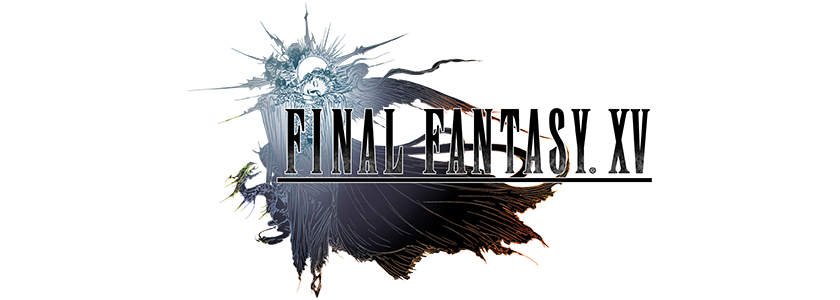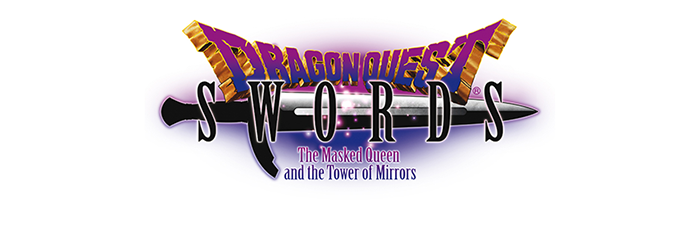- Genre: ARPG/JRPG
- Platform: PS4
- Also Available On: Xbox One
This is a very special game. It may not be the kind of Final Fantasy a lot of people would have wanted, but as usual Square Enix has put in all the effort typical of their top effort titles. While some performance and balance issues show the scars of its long development cycle, the game they have created is easily one of, if not the best RPG I’ve played this year.
It’s been a long time since I universally liked the story and characters of a Final Fantasy game. There have been high points in most of the recent games, but the last few sets of FF characters have always had at least a couple people that just annoyed the hell out of me the entire time, even when the stories weren’t complete nonsense. In FF XV’s case, this is the exact opposite. Right from the very beginning you start off with the entire effective party, and the growth of the group as a team, and the interactions between them as they go on their adventure are fantastic. I so wish I could spoil things here, because there were moments that surpassed the death of FF7’s Aerith for me in their emotional impact. Also of note, the use of the song Stand By Me as both the intro and credits scene could not have been a more perfect choice to end the misadventure of this crew.
Now that said, the battle system is definitely rubbing a lot of people the wrong way. It’s been since FF9 that we have seen the same battle system used twice in a row. That game was the end of the long-used ATB system. FF10 used a more traditional turn-based system. FF11 and 14 were MMOs, with 12 using a very much MMO-styled real-time system. 13 then followed those all up with an ATB-like system, with some key changes in how it queued up events.
15 has thrown all that away, going for easily the most action-focused battle system they’ve ever done in a mainline title. Gone are menus, gone are spells, gone are waiting times between turns. In this one you have an attack button, a pseudo-dodge button, a warp button, and a jump button. The combination of those actions, and the ability to switch between weapons and a handful of element-based attacks gives you your entire range of functionality. You only control one character, with the other three members of the party being AI-based, mostly ending up being support characters by the end of the game. Rather than the skill of the game being asset management, this brings timing to the forefront as the main skill to the game. The primary dodge and attack buttons are both hold to execute, so attack chains don’t require button spamming, and dodge can be held to automatically avoid a lot of simple attacks. In the end, the flow of battle is dictated more by which button you are holding down, rather than the more frantic button combo systems that a lot of ARPG games use. The closest comparison I can really give is the Tales of series, but even then I don’t think it’s an adequate comparison to the system in place here.
FF XV has also shown quite a lot of western influence, particularly with the Elder Scrolls series, in the design of the overall gameplay flow. If you were to just rush the story, I suspect this game could be easily completed in 15 hours or less. However, the overarching story is that the group is on a road trip, and the game definitely plays to that. Rather than fast travelling around the world, the group initially drives around the world, radio blaring, going from town to town. Each town and rest stop typically acts as a quest hub, giving a number of general side quests, as well as typically more challenging creature hunts. There are also fishing areas scattered around the world, and a number of hidden dungeons to explore for extra treasure. In doing this, you can easily spend the bulk of your time playing this game just hopping around the world doing absolutely everything but the main story, giving lots of longevity to the game outside of the typical story loop.
So, in the end, this game and its universe are easily something I would recommend. There is also some good additional content that will help give light to some of the world’s backstory in the Kingsglaive movie and Brotherhood anime. That said, the core of the universe is definitely the game, and it’s a good one. It’s likely to go down as one of the most controversial games in the Final Fantasy series, simply due to its departure from the style of the past, but I think Square has made a good decision here in reestablishing that Final Fantasy are at their core extraordinarily well produced games of any style at their core, and not just RPGs that have stick to a set of conventions to get by.


